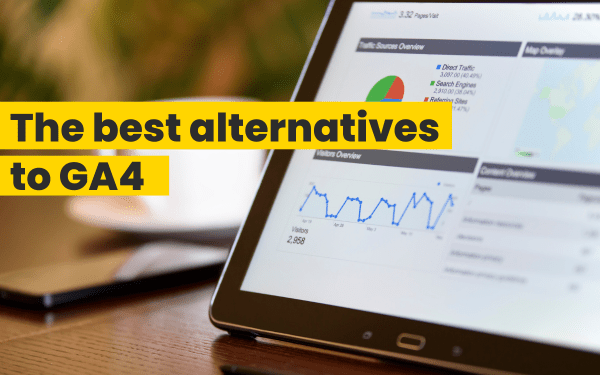If you’re still regretting the end of Universal Analytics, dissatisfied with the GA4 experience, or seeking a more privacy-focused tool, the good news is that there are many free and affordable alternatives to Google Analytics (GA) that can replace or enhance its functionality. This guide provides a detailed overview of some excellent alternatives, with different priorities from privacy concerns to advanced analytics capabilities.
1. Matomo (formerly Piwik)
Features: Open-source, customizable, data ownership, comprehensive analytics.
Pros:
- Privacy-focused.
- Fully customizable.
- Can be self-hosted.
Cons:
- Requires more setup and maintenance compared to GA4.
Matomo is an excellent choice for those who prioritize data privacy and ownership. Being open-source, it allows for extensive customization to meet specific needs, making it a versatile tool for businesses of all sizes.
2. Adobe Analytics
Features: Advanced segmentation, predictive analytics, robust reporting.
Pros:
- Highly powerful for enterprise-level analytics.
- Integrates well with other Adobe products.
Cons:
- More expensive than other alternatives.
- Steep learning curve.
Adobe Analytics is tailored for large enterprises that need sophisticated data analysis and reporting capabilities. Its integration with other Adobe products adds significant value, though it comes with a higher price tag.
3. Mixpanel
Features: Event tracking, user analytics, funnels, retention analysis.
Pros:
- Excellent for product and user behavior analysis.
- Easy to use.
Cons:
- Limited free tier.
- Can get expensive with higher data volumes.
Mixpanel stands out for its focus on user behavior analytics, making it ideal for product-focused teams. Its intuitive interface simplifies the process of tracking and analyzing user interactions.
4. Heap Analytics
Features: Automatic event tracking, user journeys, retroactive data analysis.
Pros:
- No need for manual event tagging.
- Easy to implement.
Cons:
- Can be costly.
- Might have too many features for smaller projects.
Heap Analytics offers automatic event tracking, which removes the need for manual tagging, thus saving time and reducing errors. This tool is great for teams looking to quickly gain insights without extensive setup.
5. Amplitude
Features: Behavioral analytics, product intelligence, cohort analysis.
Pros:
- Strong focus on user behavior and product analytics.
- Robust free tier.
Cons:
- Learning curve for advanced features.
- Cost scales with usage.
Amplitude is well-suited for understanding user behavior and product performance. Its free tier provides ample functionality for startups, while scaling up is straightforward for growing companies.
6. Hotjar
Features: Heatmaps, session recordings, surveys, feedback polls.
Pros:
- Great for qualitative insights.
- User-friendly interface.
Cons:
- Not a full analytics solution on its own.
- Best used in conjunction with other tools.
Hotjar excels in providing qualitative data through heatmaps and session recordings. It’s an excellent supplement to other analytics tools, offering insights into user behavior that quantitative data alone cannot provide.
7. Clicky
Features: Real-time analytics, heatmaps, uptime monitoring.
Pros:
- Simple interface.
- Real-time data.
- Good for small to medium-sized sites.
Cons:
- Limited advanced features.
- UI can feel dated.
Clicky is a straightforward tool for small to medium-sized websites. Its real-time analytics and simple interface make it a user-friendly option for those who need basic yet effective analytics.
8. Fathom Analytics
Features: Simple, privacy-focused analytics, GDPR compliance.
Pros:
- Privacy-focused.
- Easy to set up.
Cons:
- Limited features compared to GA4.
- Basic analytics.
Fathom Analytics is a privacy-first solution that’s easy to set up and use. While it doesn’t offer as many features as GA4, its simplicity and focus on compliance make it an attractive option for privacy-conscious businesses.
9. Plausible Analytics
Features: Simple, privacy-first, lightweight analytics.
Pros:
- Easy to use.
- Privacy-focused.
- Open-source.
Cons:
- Basic feature set.
- Not as comprehensive as GA4.
Plausible Analytics provides straightforward and privacy-friendly analytics. Its open-source nature allows for flexibility, though it may lack the depth of features found in more comprehensive tools.
10. Woopra
Features: Customer journey analytics, real-time tracking, user profiles.
Pros:
- Strong customer journey insights.
- Good integrations.
Cons:
- Can be complex to set up.
- Expensive for higher usage tiers.
Woopra offers detailed customer journey analytics and integrates well with various platforms. It’s an excellent tool for businesses looking to gain deep insights into customer behavior, despite the potential complexity and cost.
Choosing the right web analytics tool depends on your businesses specific needs, such as privacy, ease of use, cost, and the level of detail required. Whether you’re a large enterprise looking for robust analytics or a small business prioritizing simplicity and privacy. There are plenty of alternatives to GA4 to consider. Each tool offers unique strengths, so explore these options to find the best fit for your business. If you are a user of GA4, you can read our pros and cons guide to GA4 here.




